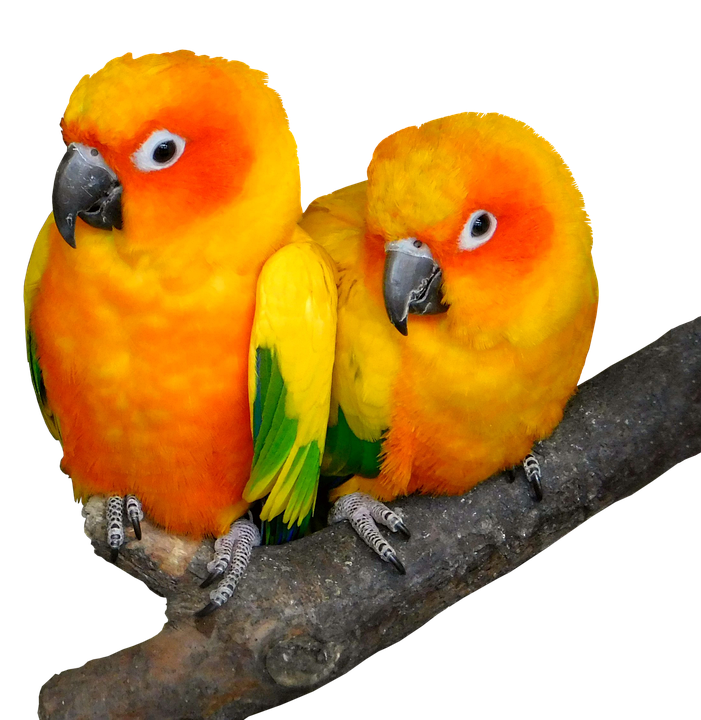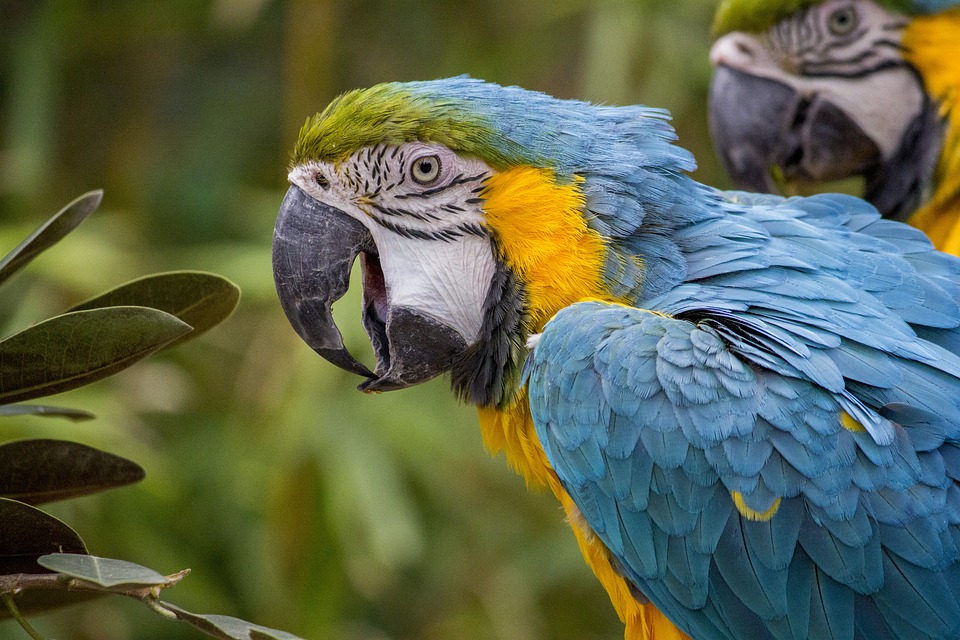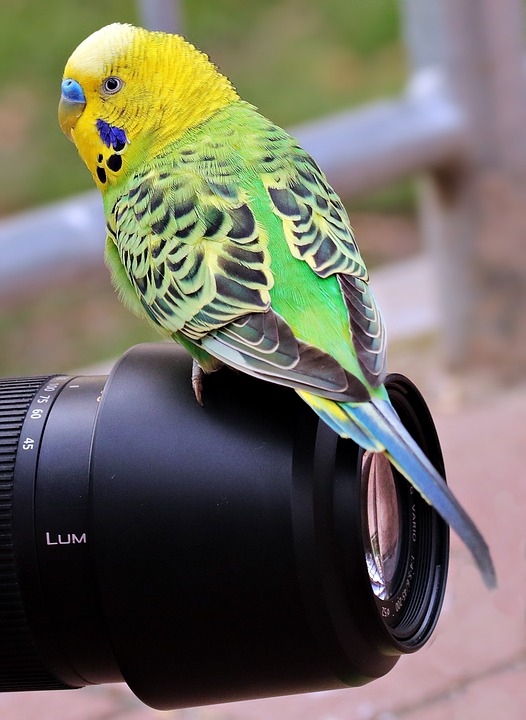Parrots are known for their vibrant plumage, impressive vocal abilities, and playful nature. Among their many fascinating behaviors, one that often captures the attention of bird enthusiasts is their tendency to dance. Whether it’s swaying, bobbing, or even imitating human movements, parrot dancing is a captivating sight. In this article, we will delve into the reasons behind this intriguing behavior, exploring the various factors that contribute to a parrot’s inclination to bust a move.
Parrots are highly social creatures that thrive on interaction with their human caregivers and fellow avian companions. Dancing is often a form of communication and bonding within their social groups. By engaging in rhythmic movements, parrots can convey their intentions, emotions, and establish social hierarchies. Dancing can also serve as a way for parrots to attract a potential mate or simply express their contentment and happiness.
In the wild, parrots engage in intricate courtship rituals, which often involve elaborate displays of plumage, vocalizations, and, you guessed it, dancing. These instinctual behaviors have been ingrained in their genetic makeup over generations. Even in captivity, where their natural environment is vastly different, parrots may retain these innate behaviors, including dancing, as a way to maintain their species’ survival instincts.
Parrots are highly intelligent creatures that require mental and physical stimulation to thrive. Dancing can be a means for them to expend energy and alleviate boredom. In an enriched environment with toys, mirrors, and music, parrots may be prompted to engage in playful movements, including dancing. Providing an engaging and stimulating environment can be crucial in encouraging this behavior.
Parrots are renowned for their ability to mimic sounds and movements. If a parrot observes its human caregiver or fellow parrot dancing, it may attempt to imitate the behavior. This can be a form of social learning and a way for the parrot to bond with its companions. Dancing can also be a learned behavior through positive reinforcement, where parrots receive attention or treats when exhibiting specific movements.
To encourage your parrot to dance, providing an enriched environment with toys, music, and social interaction can stimulate their dancing instincts. Additionally, dancing alongside your parrot and rewarding them with treats or verbal praise can encourage the behavior.
While dancing can indicate a content and happy parrot, it is important to consider other behavioral cues and overall well-being. If your parrot suddenly stops dancing or displays other unusual behaviors, it may signal an underlying health issue that requires veterinary attention.
Parrots can be trained to perform specific movements or dance on cue through positive reinforcement training. However, it is essential to ensure the training techniques are gentle and stress-free, respecting the parrot’s natural behavior and limitations.
When your parrot dances, ensure the environment is safe and free from hazards that could potentially harm them. Remove any sharp or fragile objects, secure electrical wires, and ensure the dancing area is spacious enough for your parrot to move without limitations.
In conclusion, parrot dancing is a captivating and intriguing behavior that stems from their social nature, instinctual behaviors, environmental stimulation, and learning abilities. By understanding why parrots dance, we can better appreciate and facilitate this delightful aspect of their behavior. So, put on some music, create an enriched environment, and enjoy the rhythmic movements of your dancing parrot!









